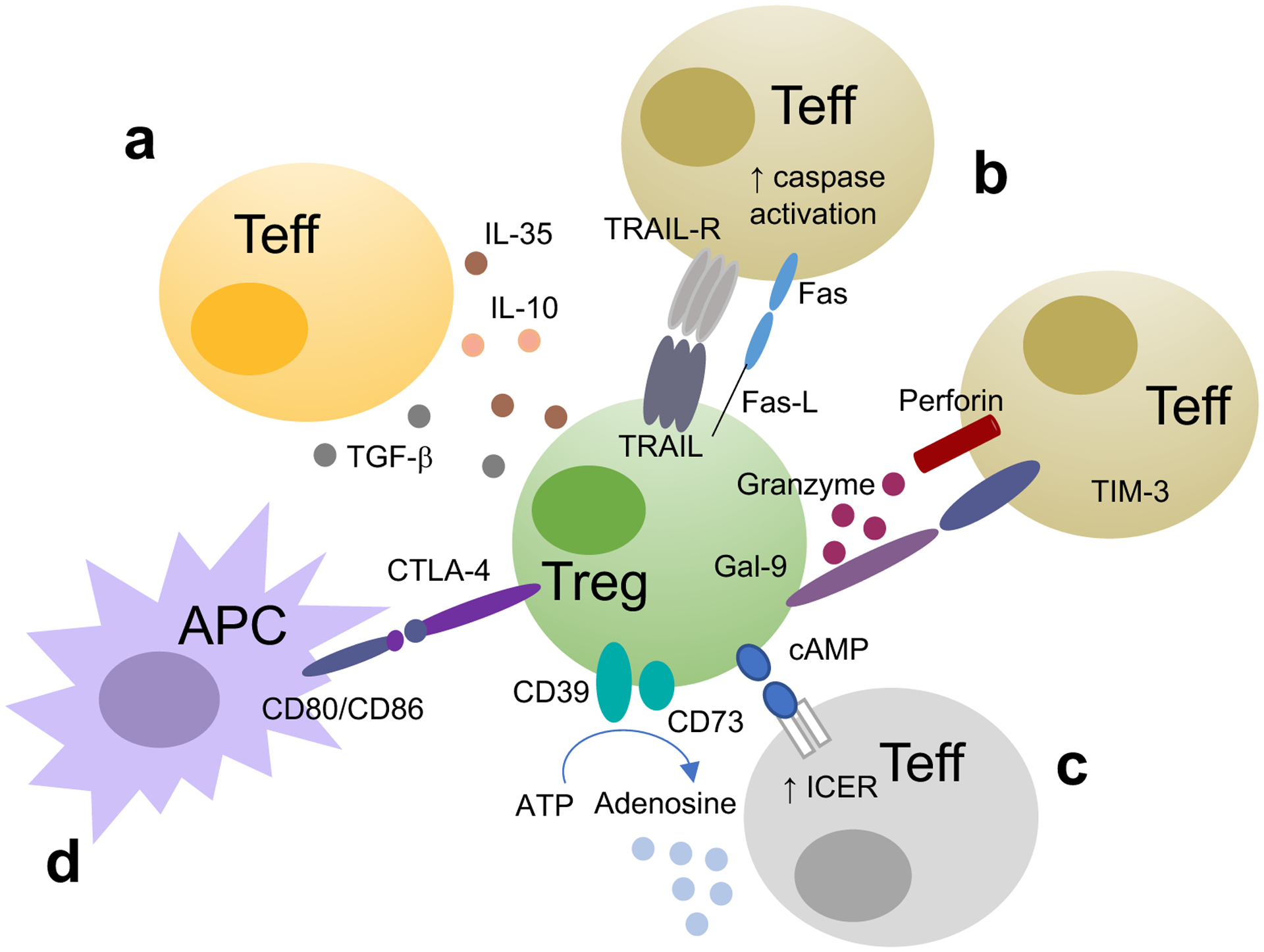Figure 1. Treg mechanisms of suppression.

Tregs suppress effector T cell (Teff) function upon (a) secretion of cytokines like IL-10, TGF-β and IL-35; (b) by inducing apoptosis upon activation of caspase following interaction of TNF-related-apoptosis-inducing ligand (TRAIL) and Fas-ligand (Fas-L) with TRAIL receptor (TRAIL-R) and Fas, release of granzyme and perforin and upon interaction between galectin-9 in Tregs and T-cell-immunoglobulin-and-mucin-domain-3 (Tim-3) on Teff. Tregs can also suppress (c) by operating metabolic disruption, by transferring cyclic adenosine monophosphate (cAMP) to Teff. cAMP has immunoregulatory properties because it activates the inducible cAMP early repressor (ICER) to limit IL-2 transcription. Tregs can also generate immunosuppressive adenosine through the tandem action of CD39 and CD73. Tregs can also suppress (d) through modulation of antigen presenting cell (APC) function by lowering CD80/CD86 expression on APC surface.
